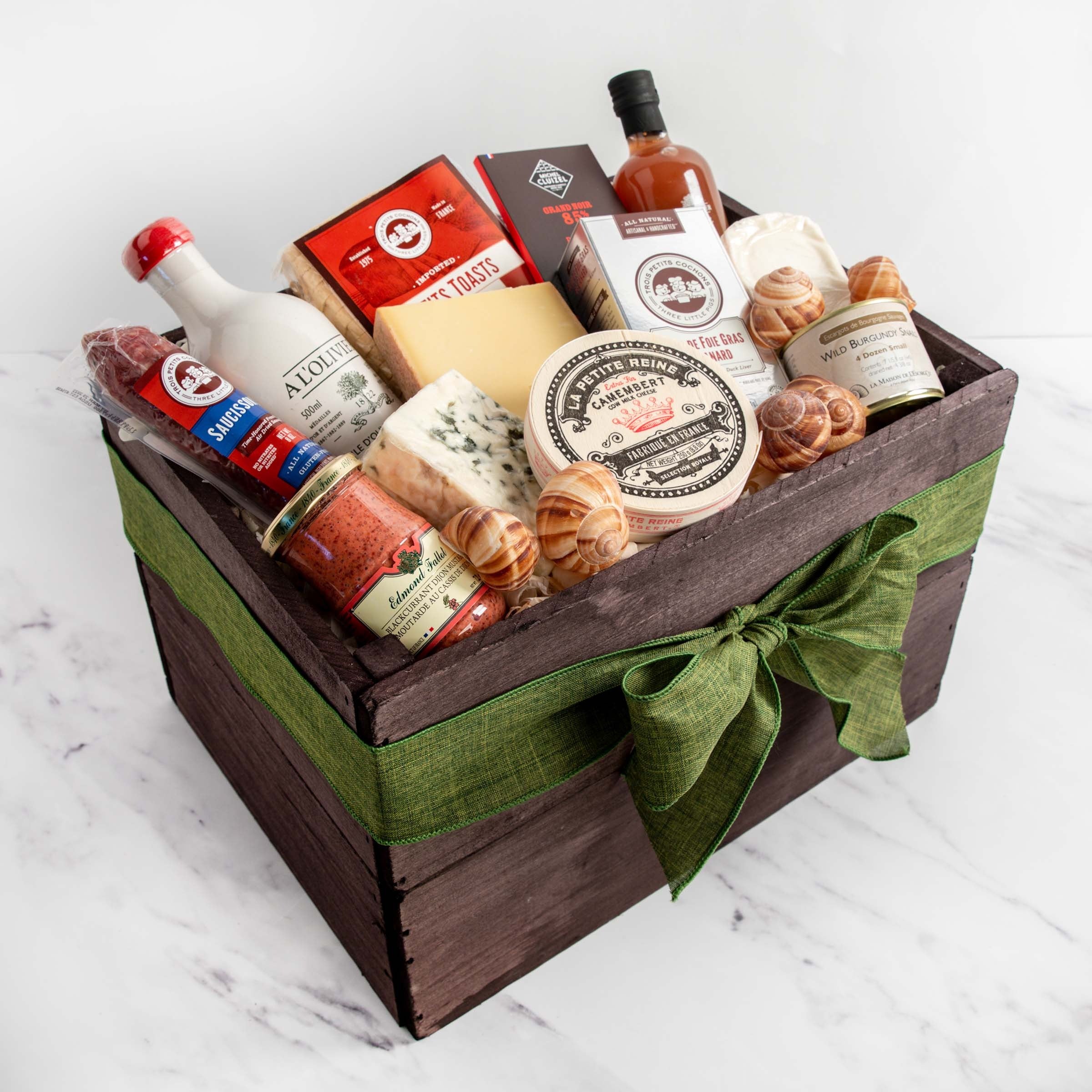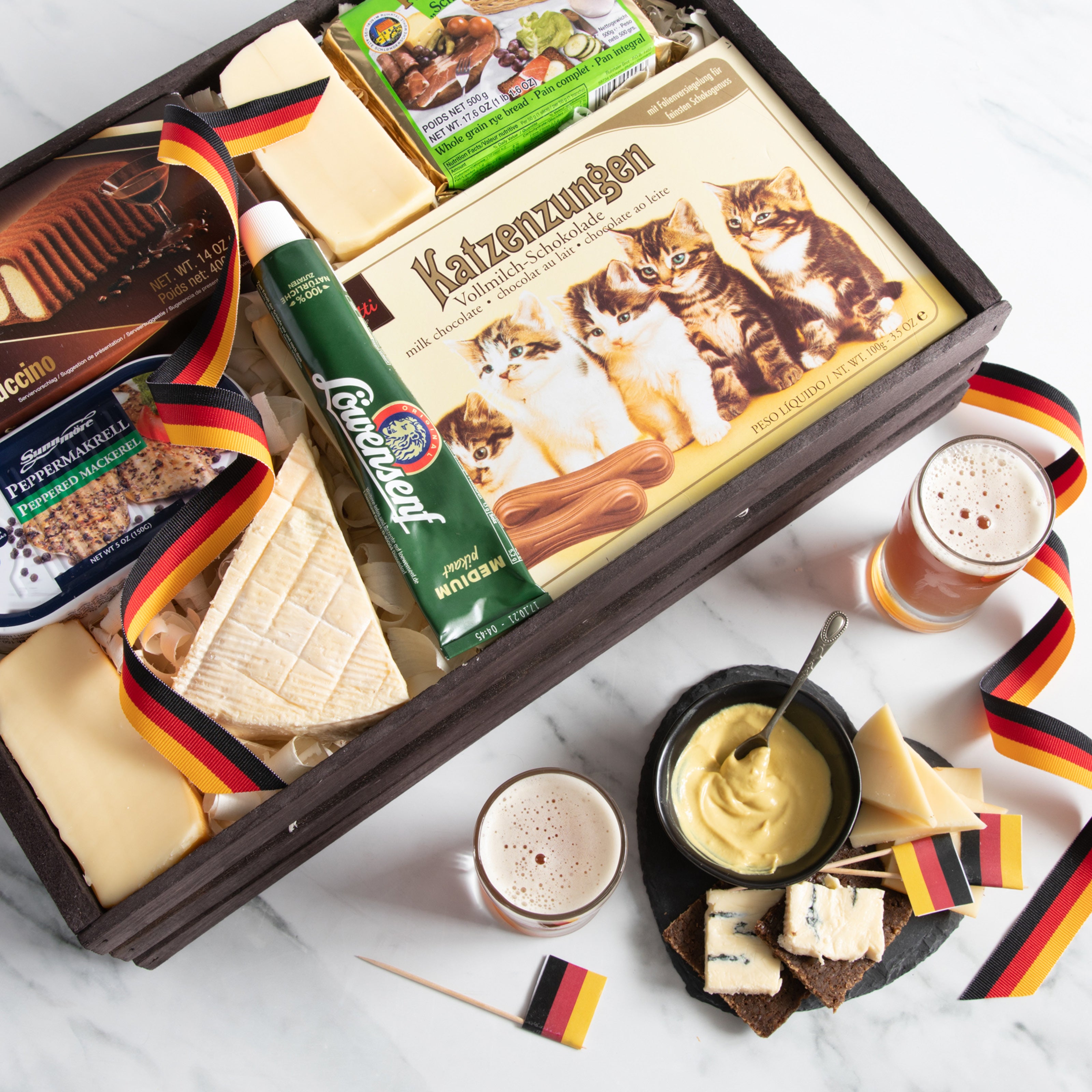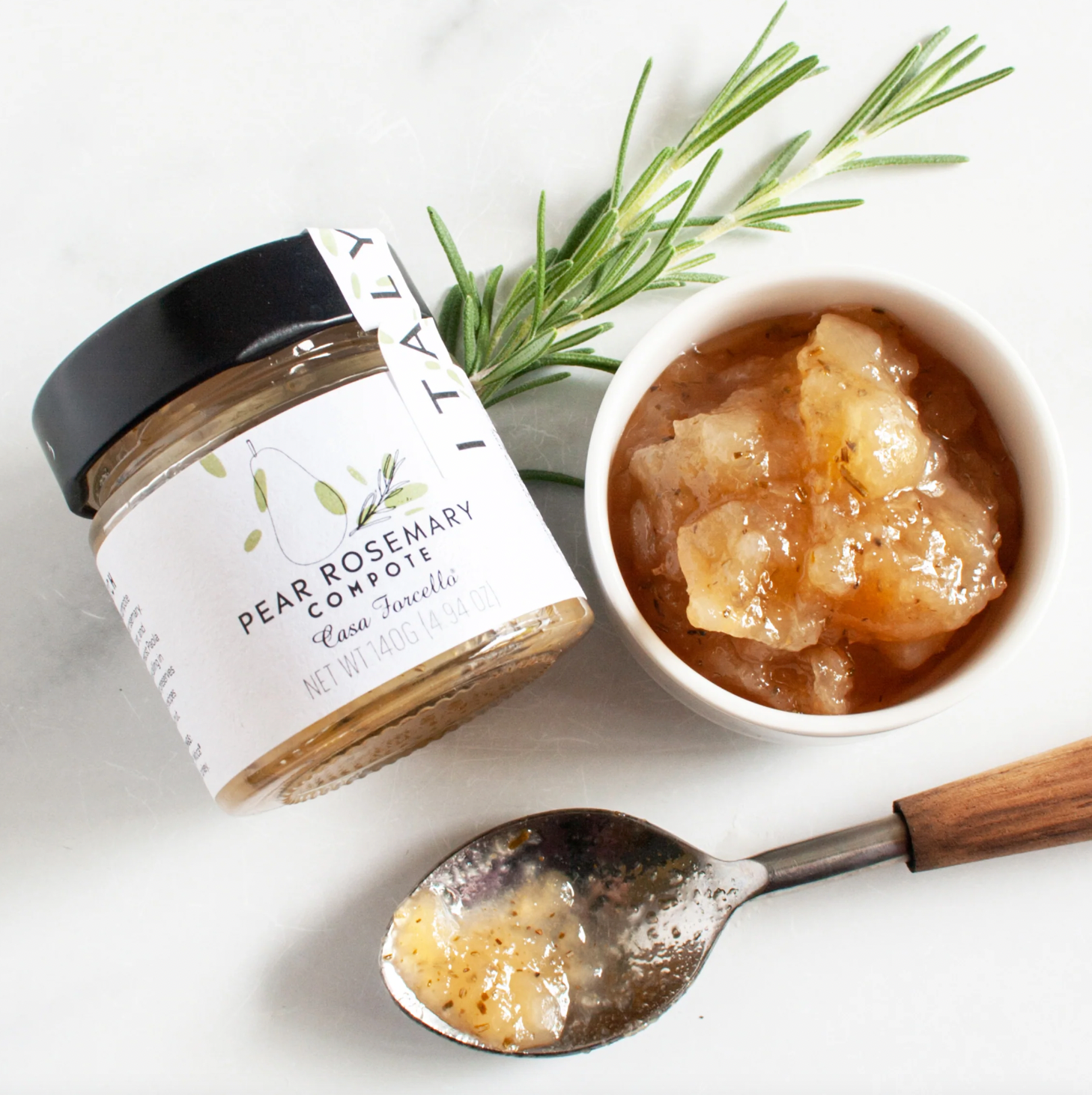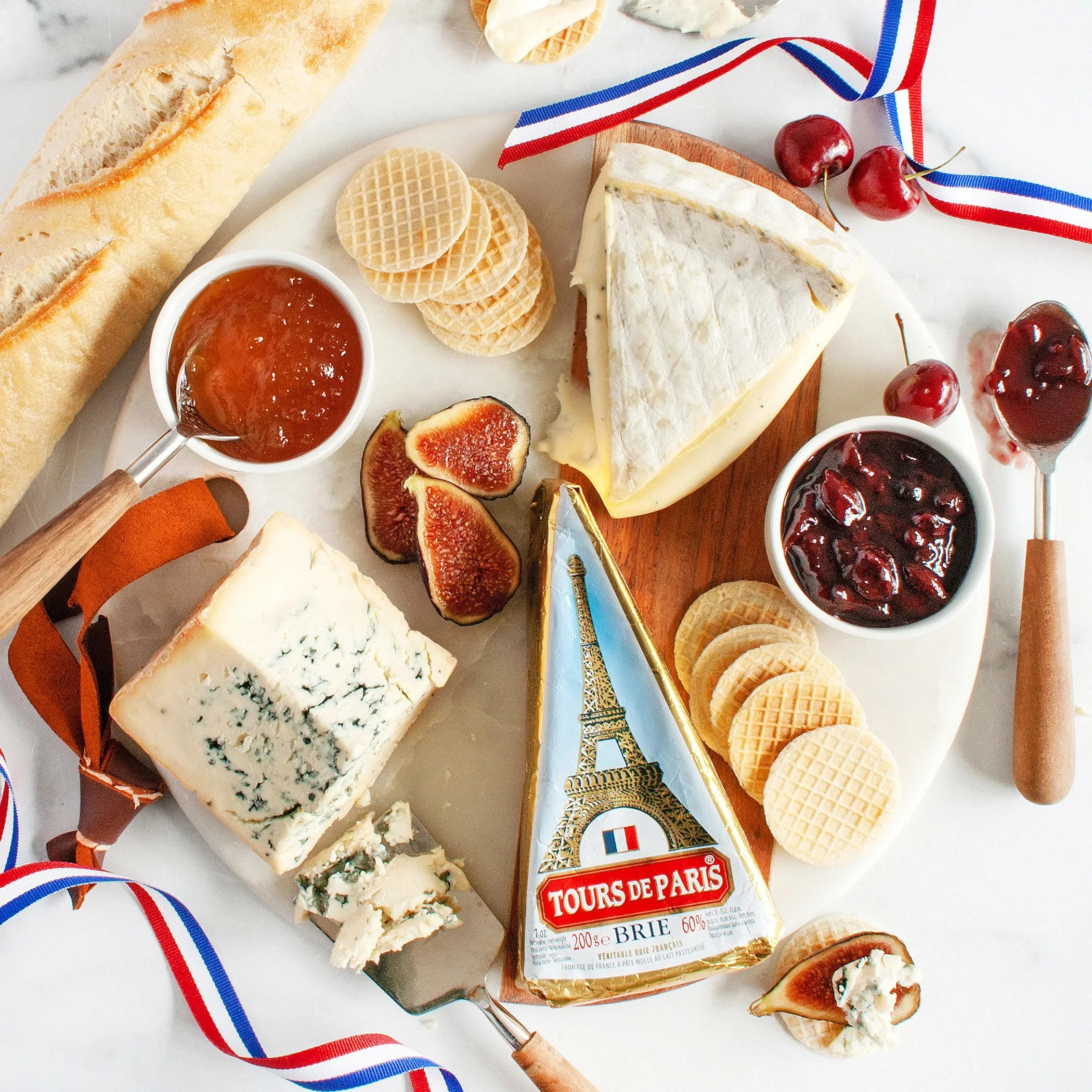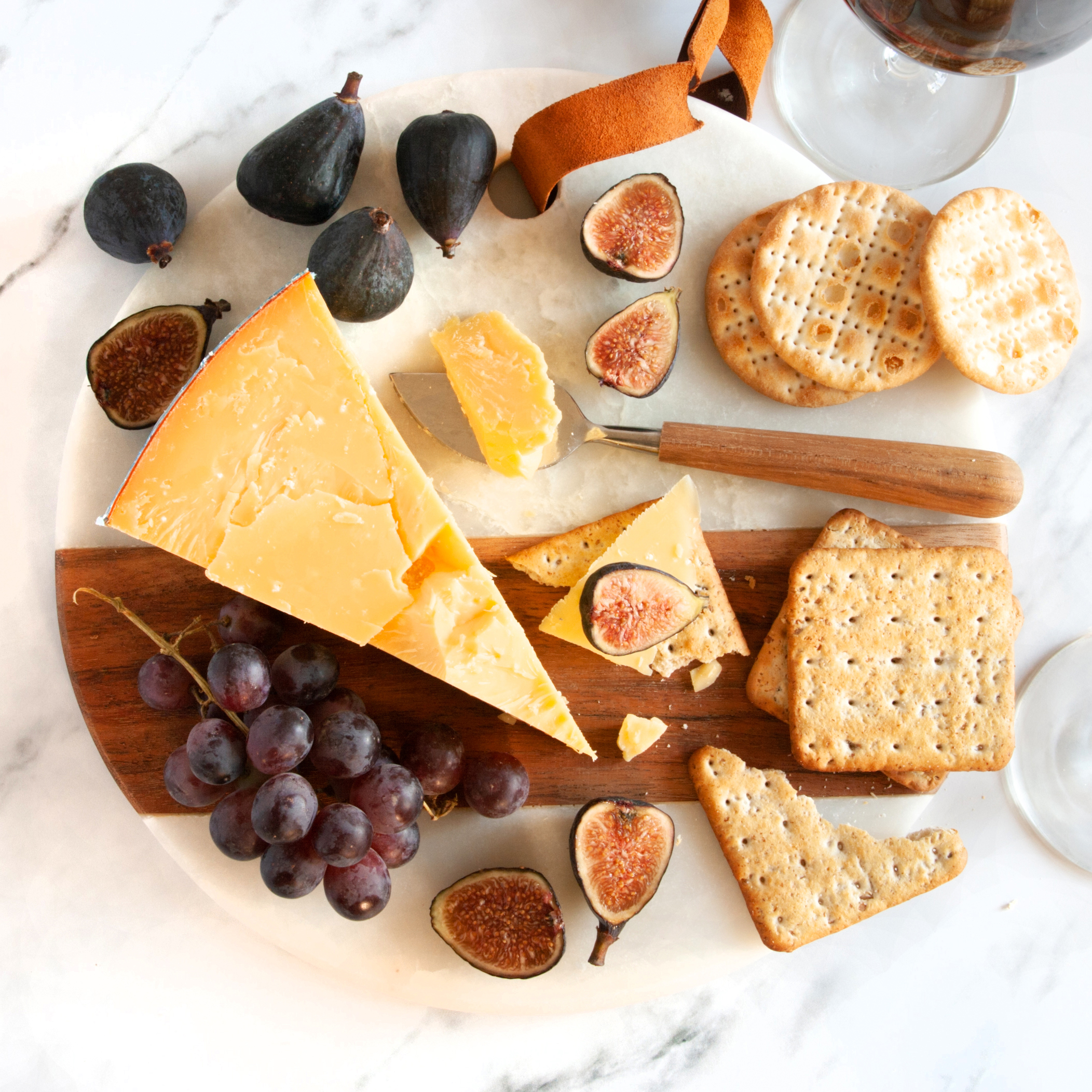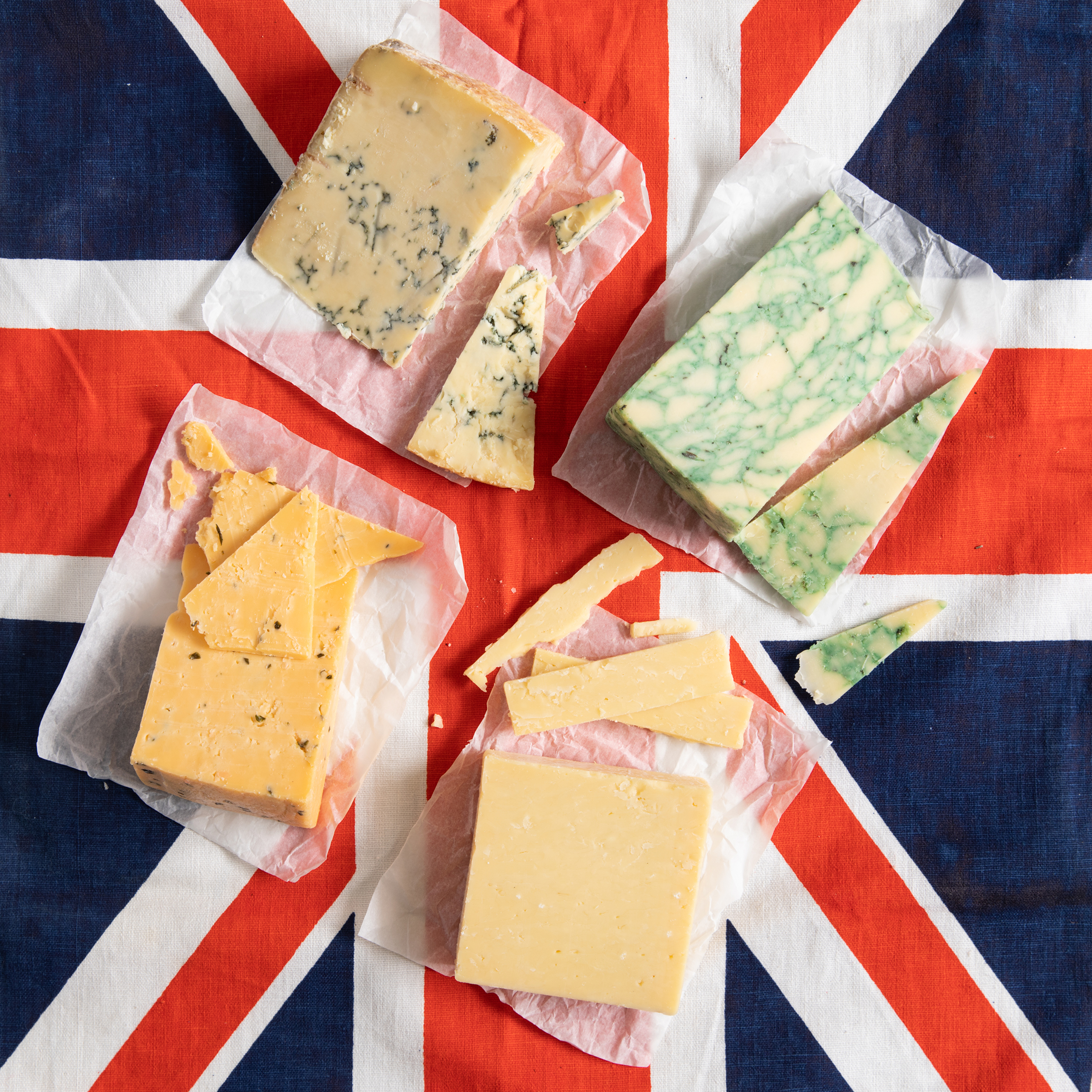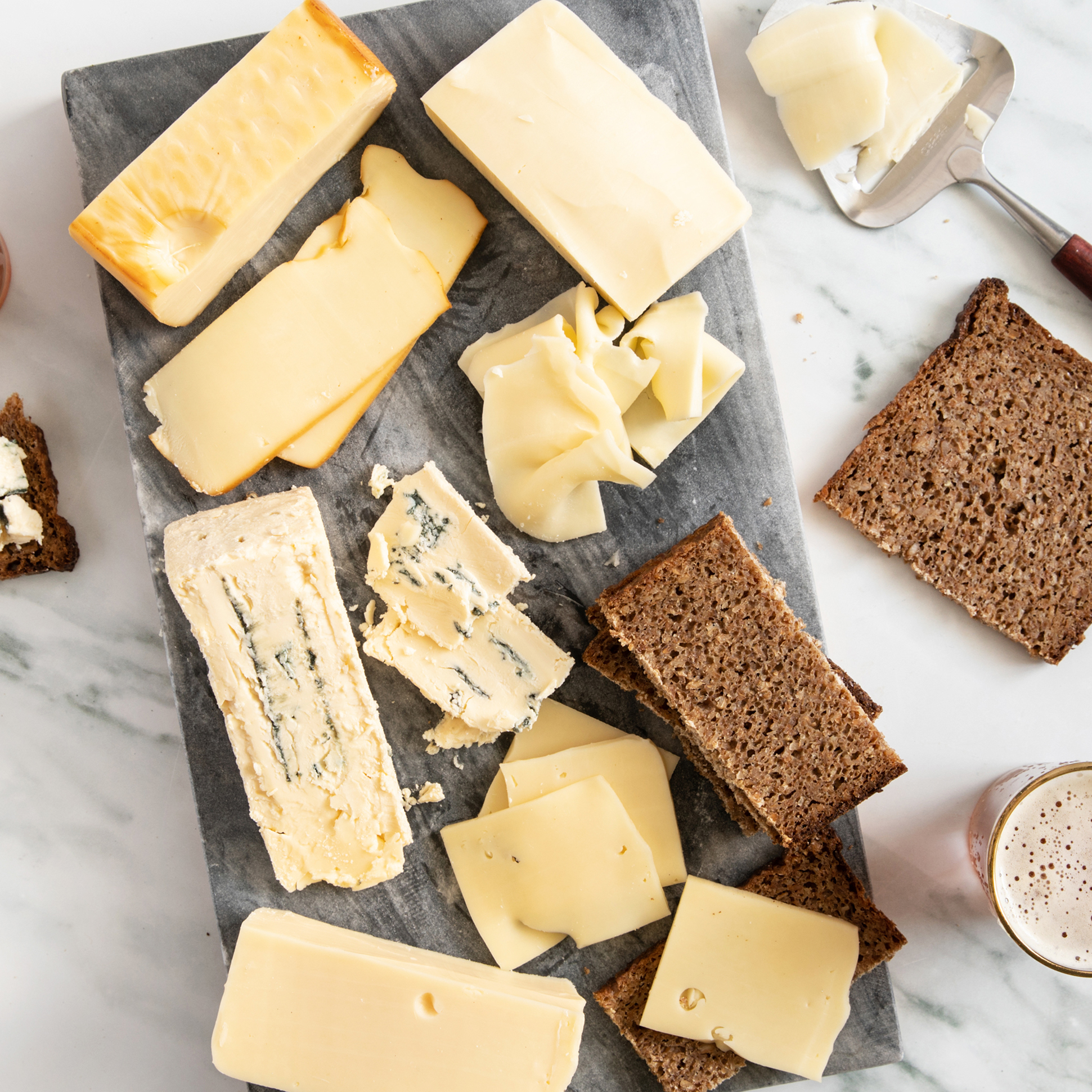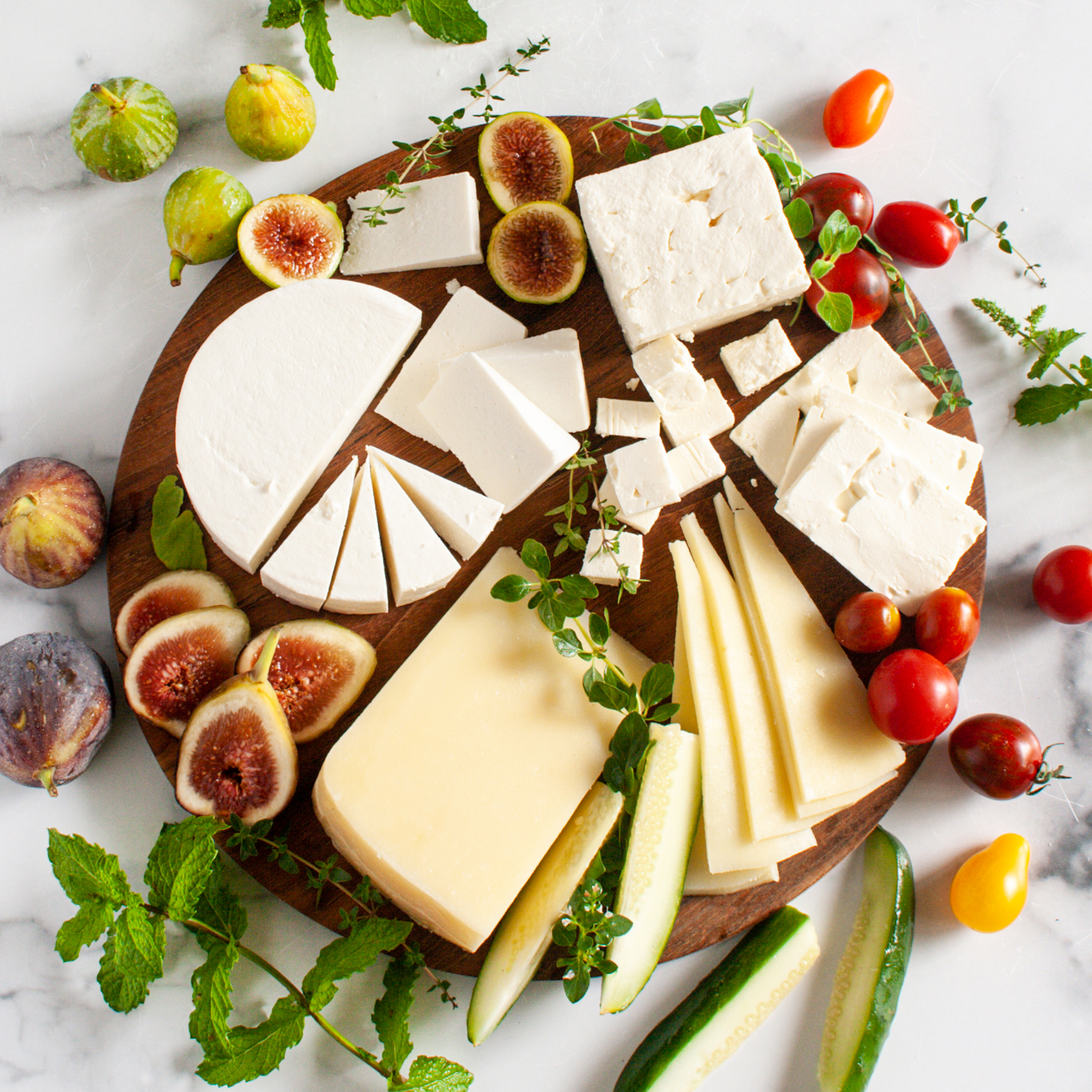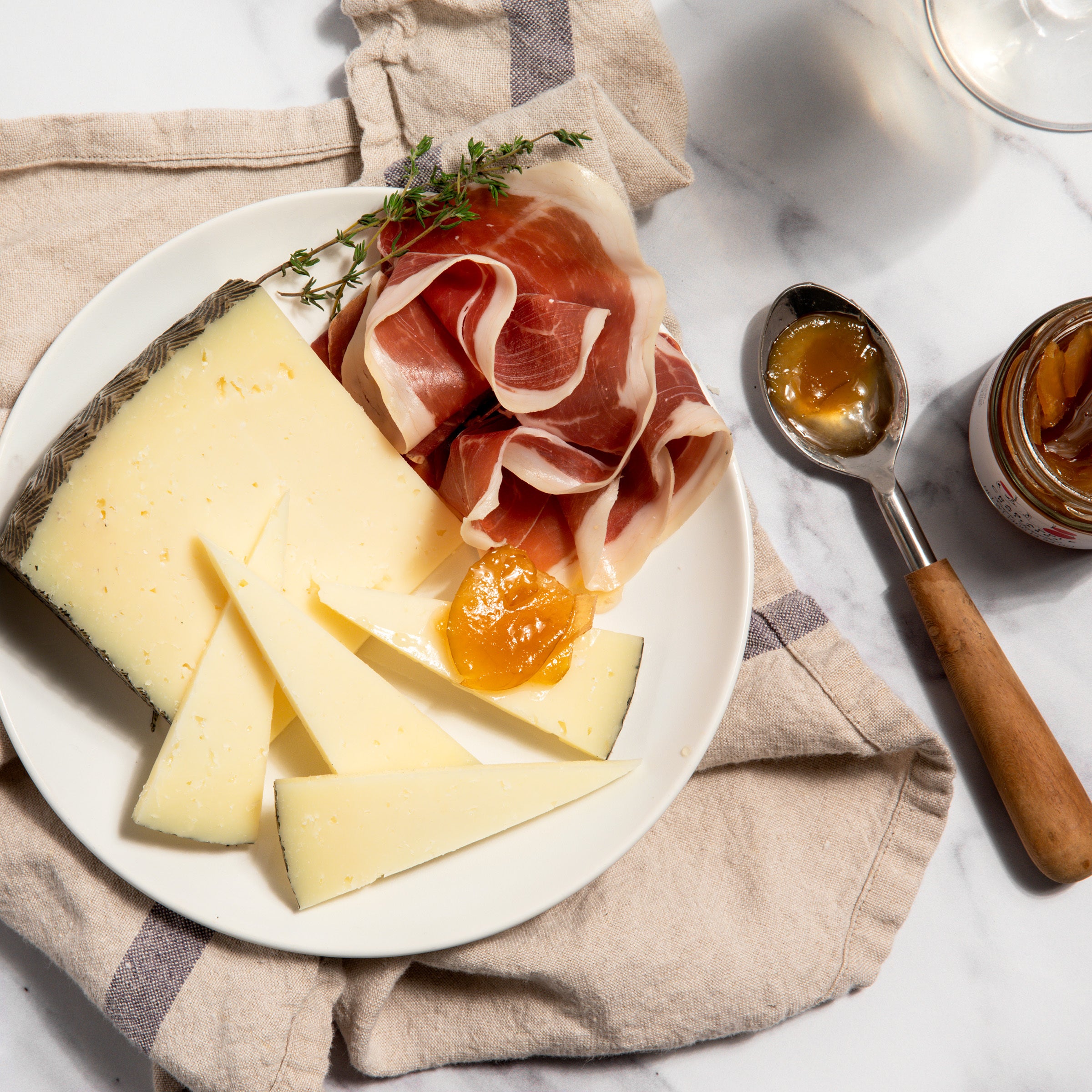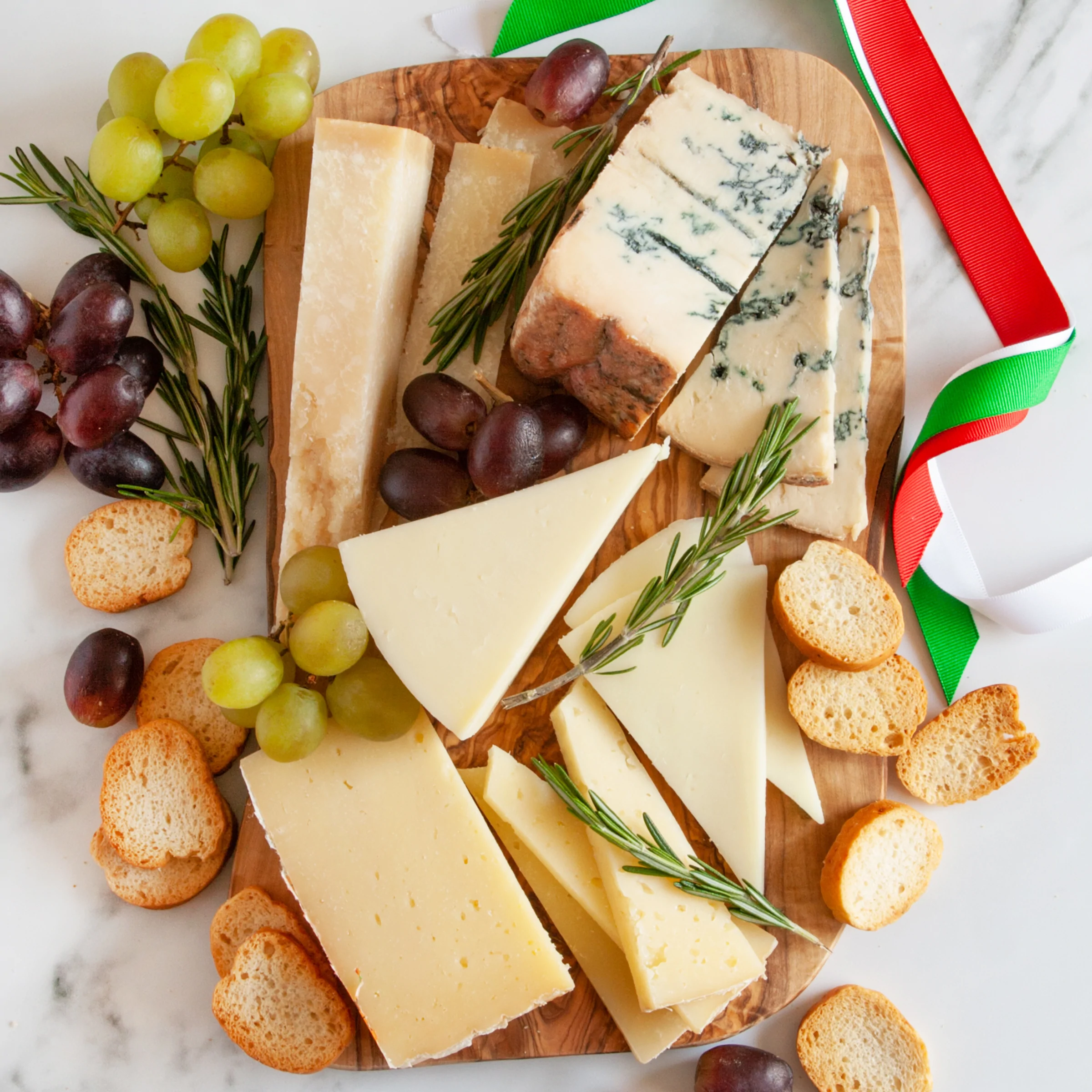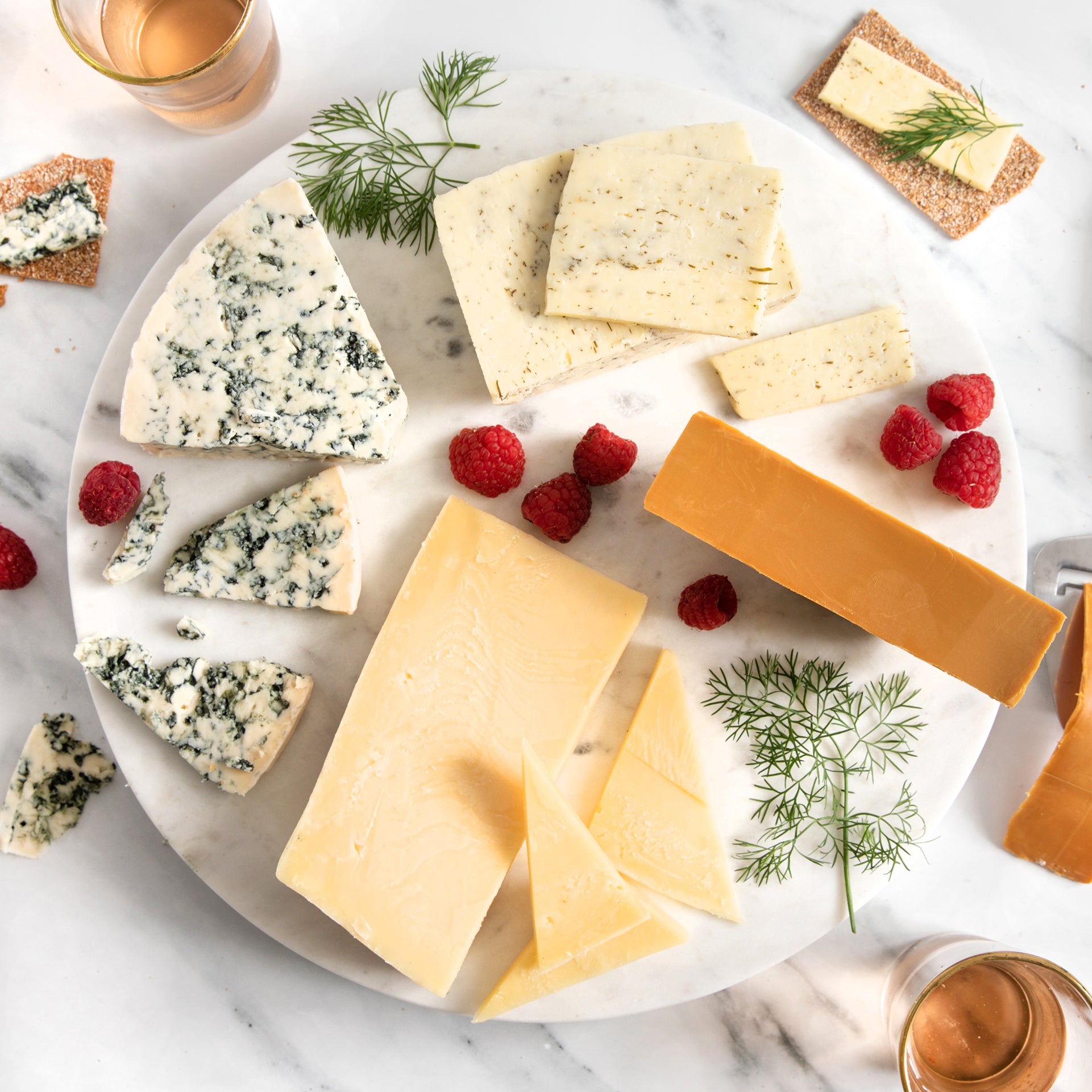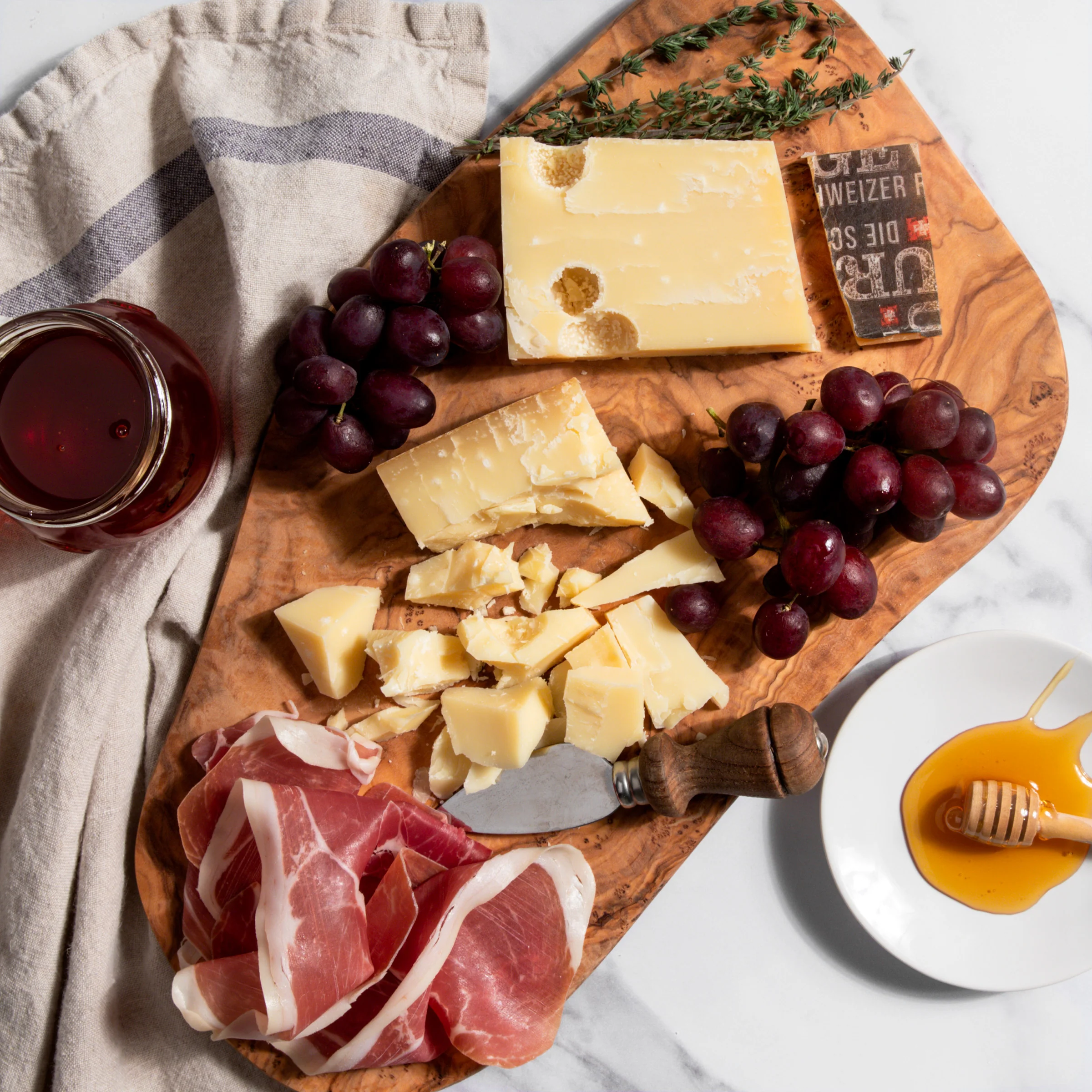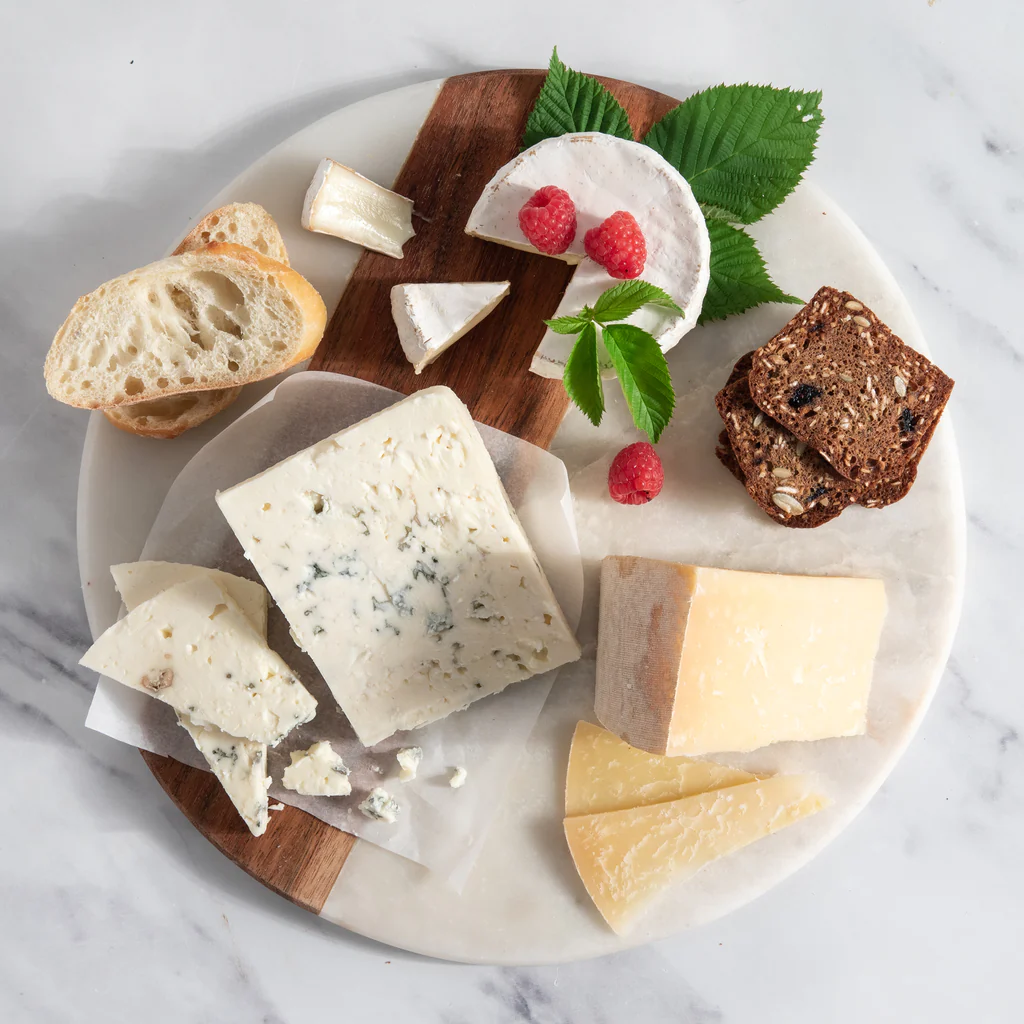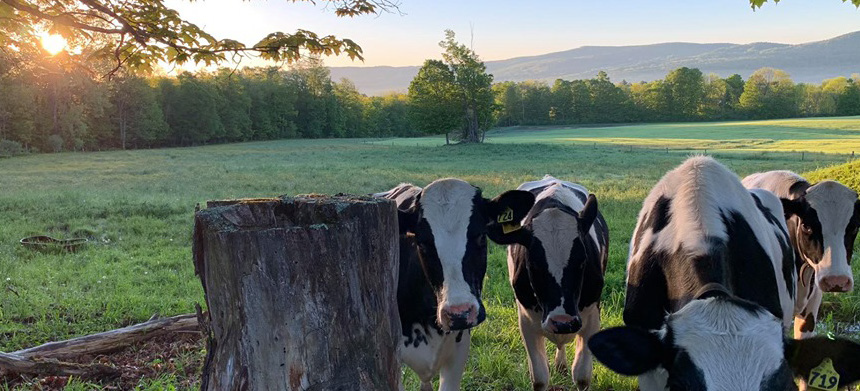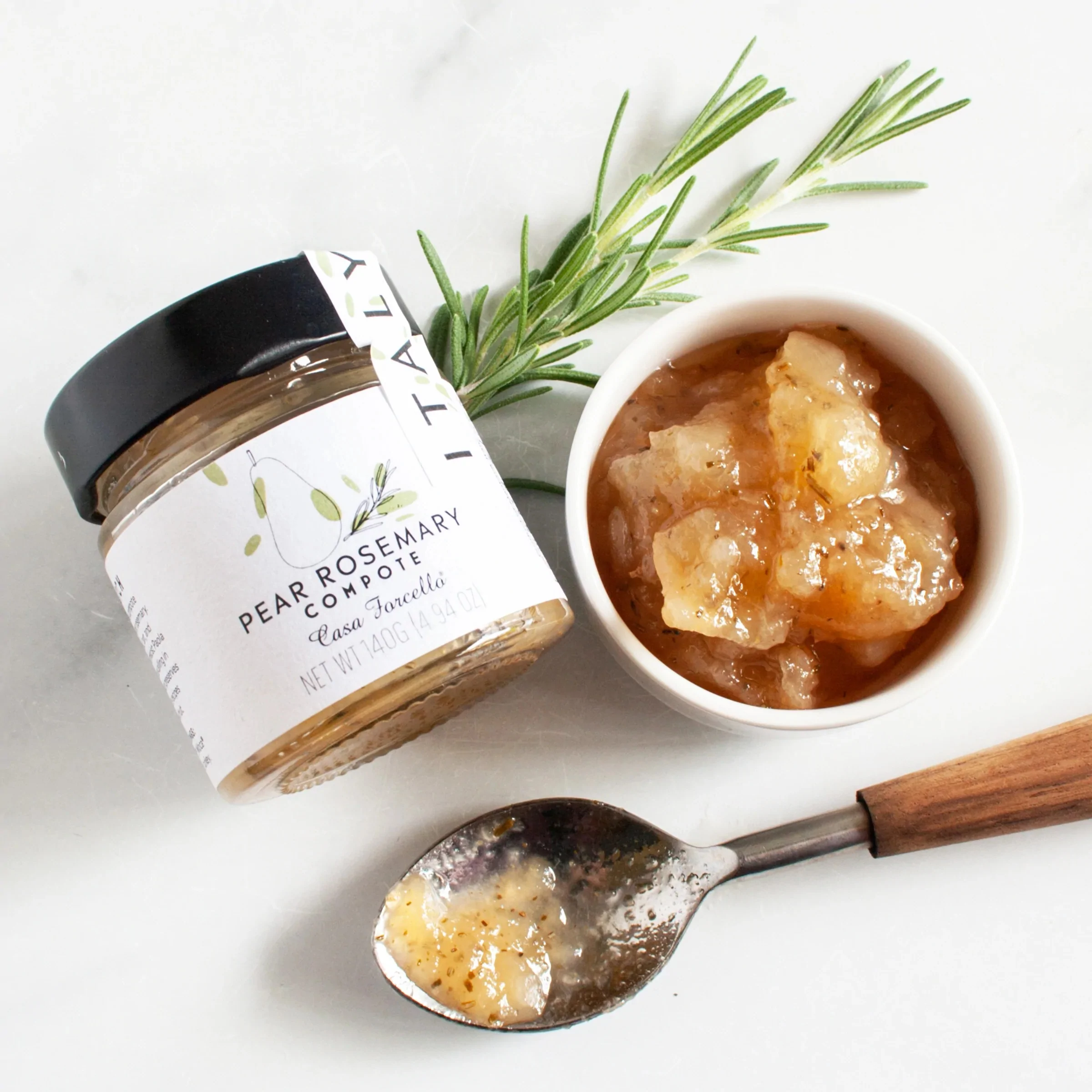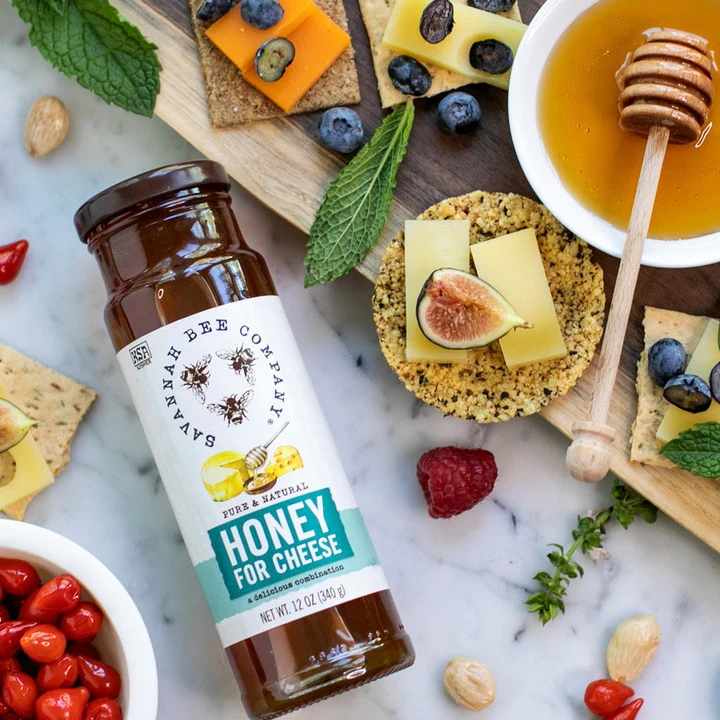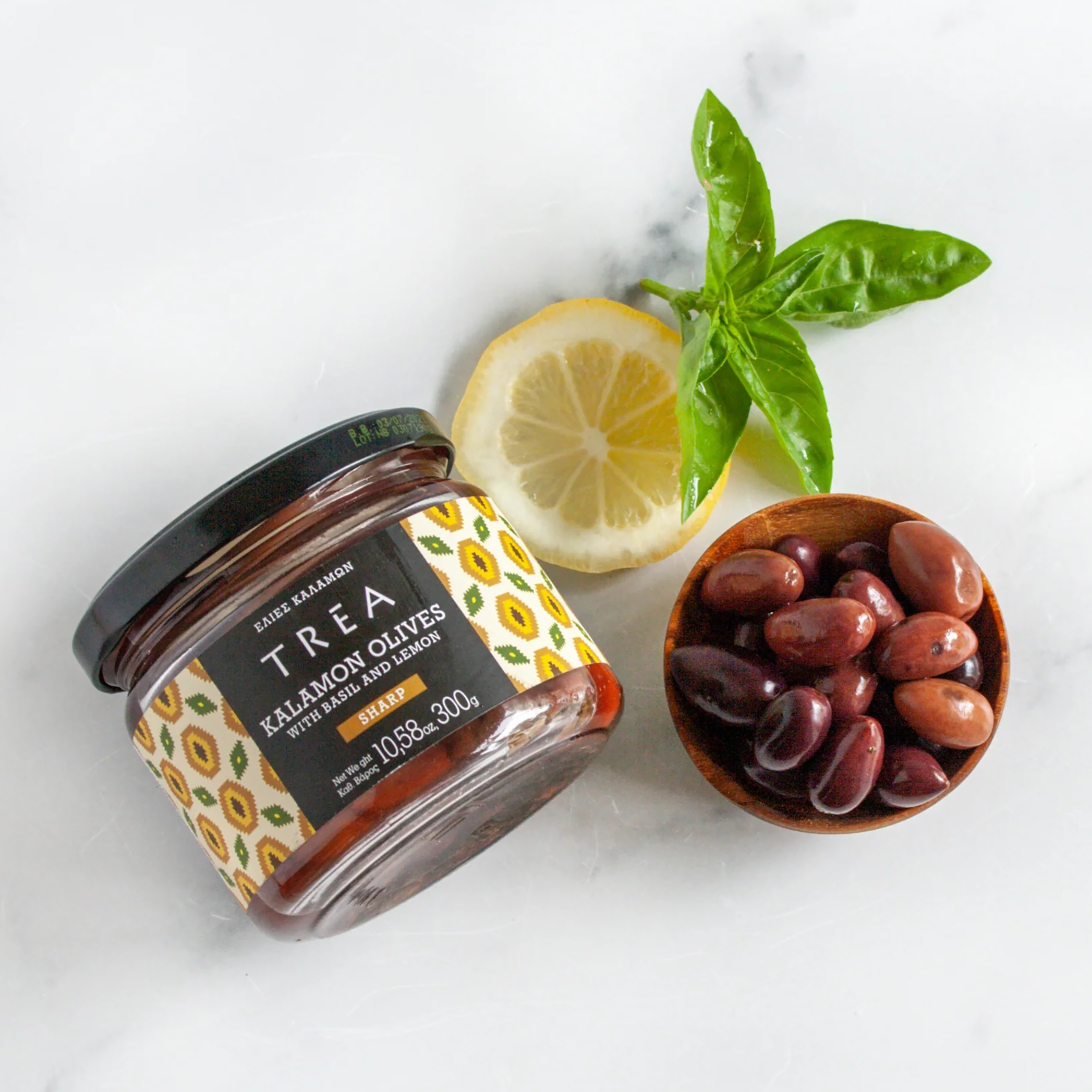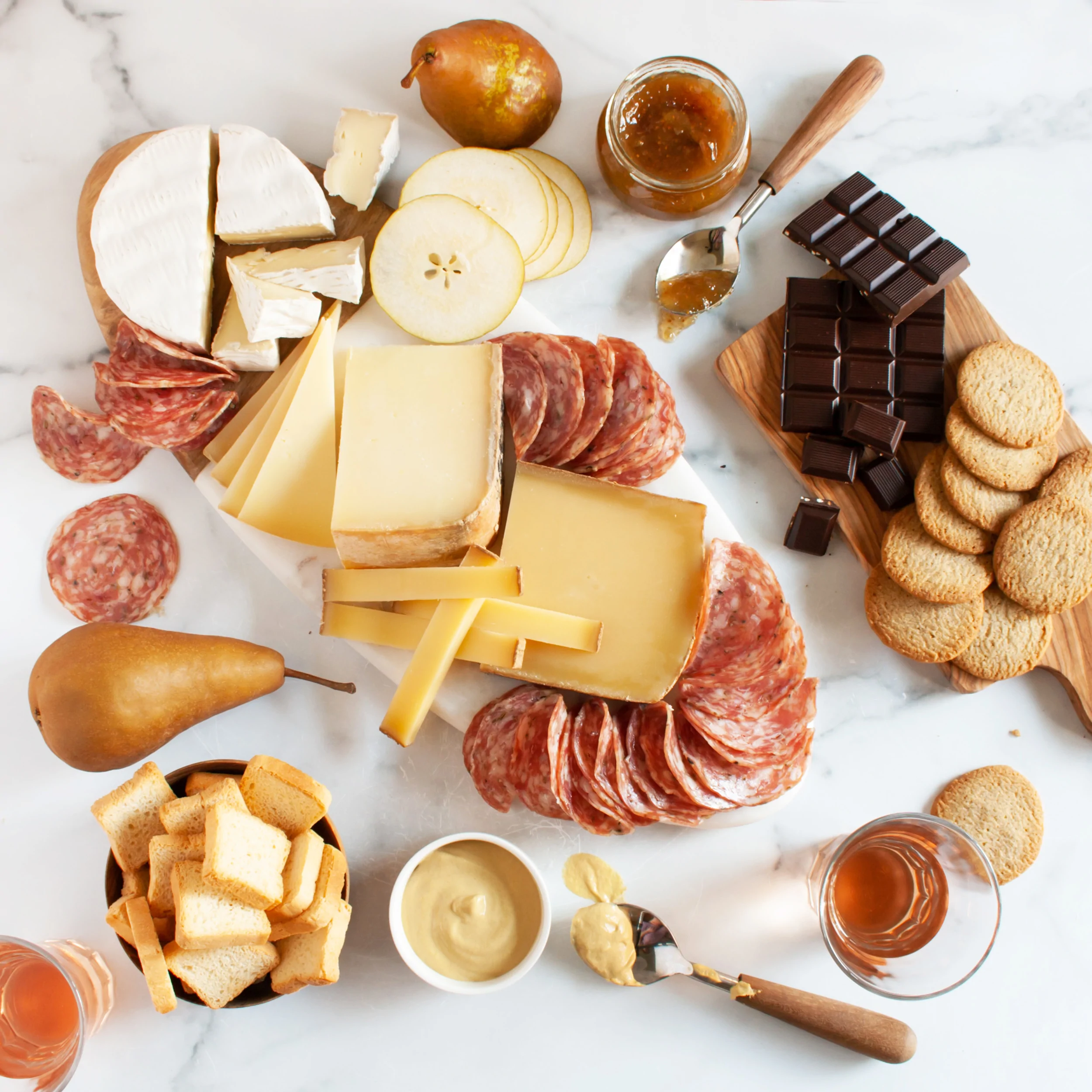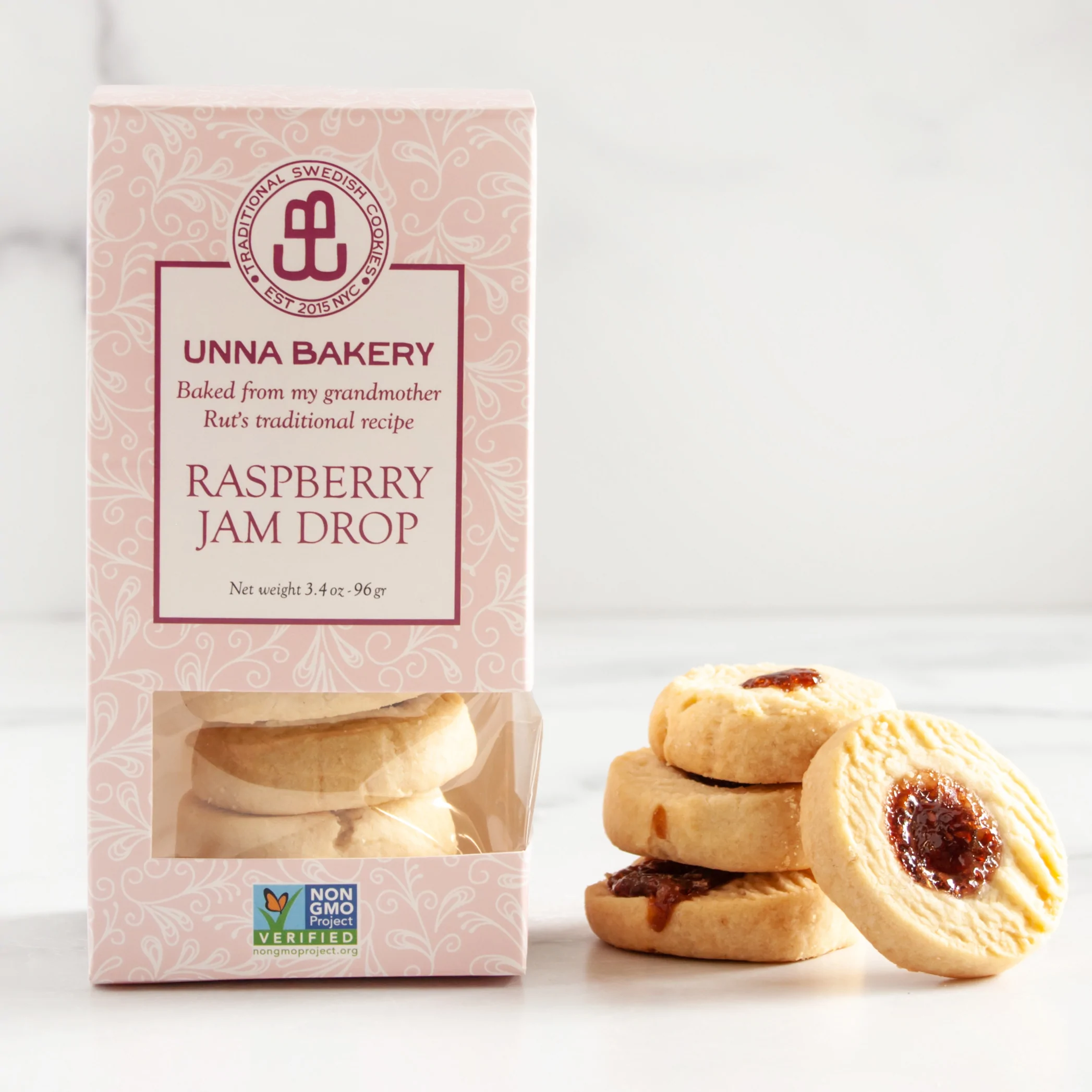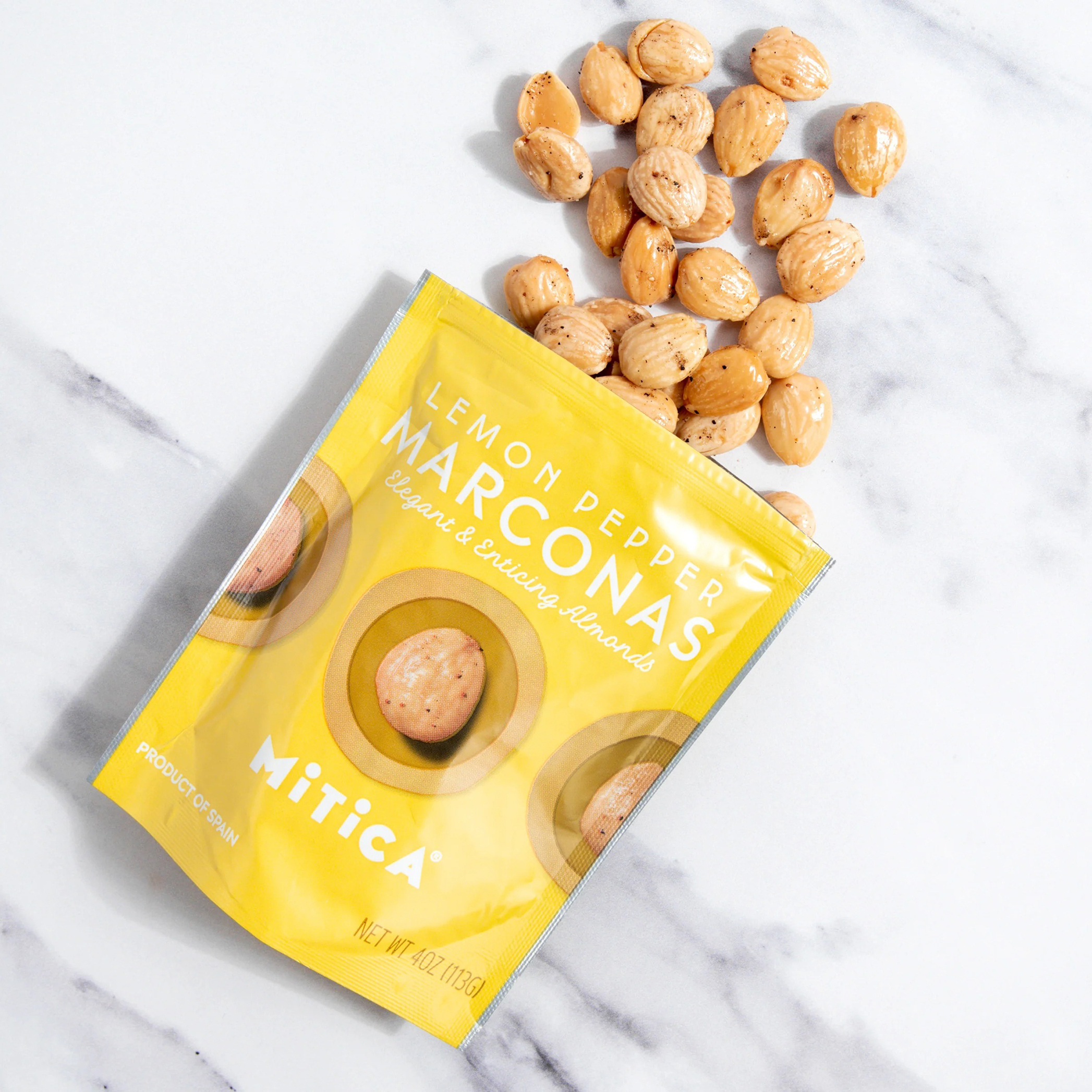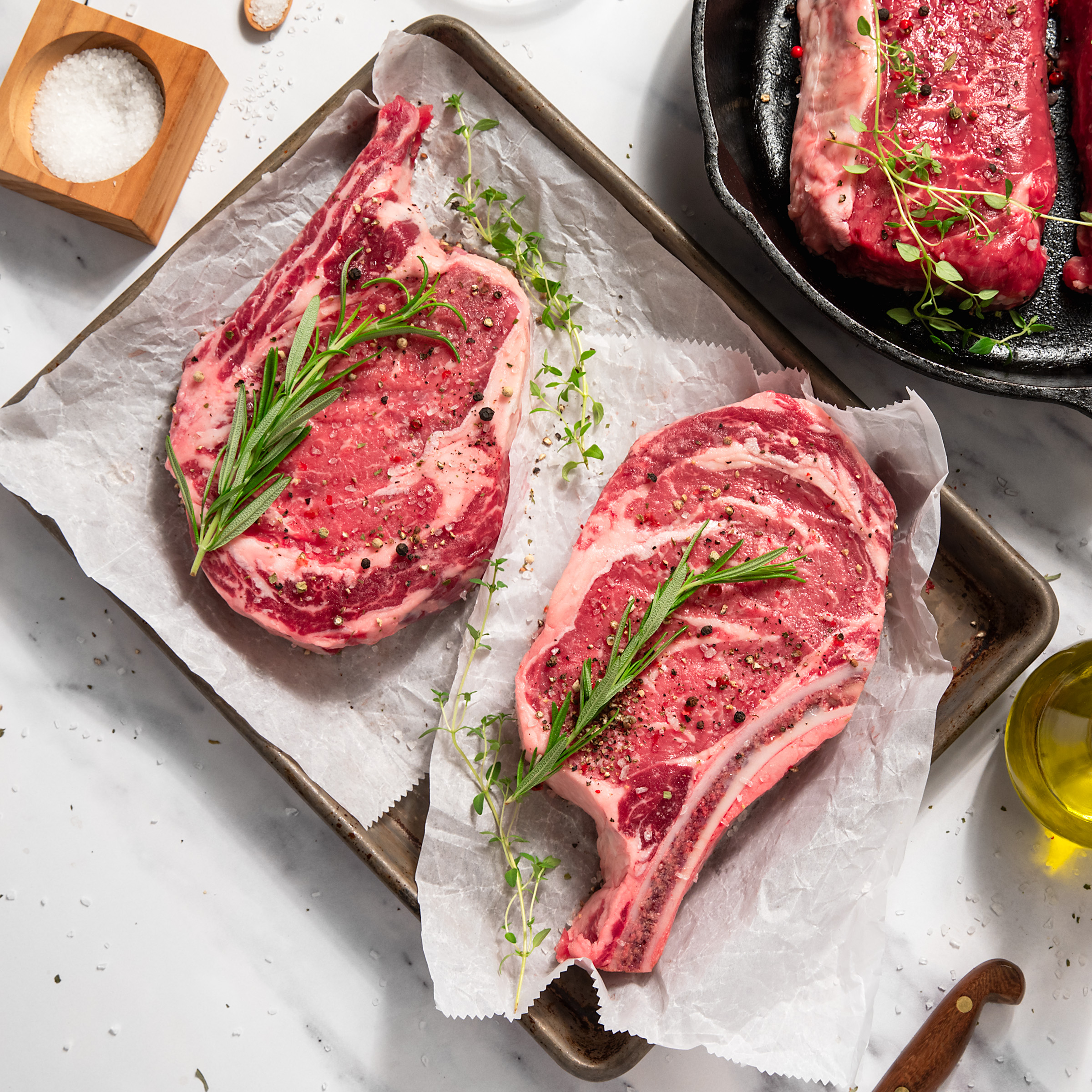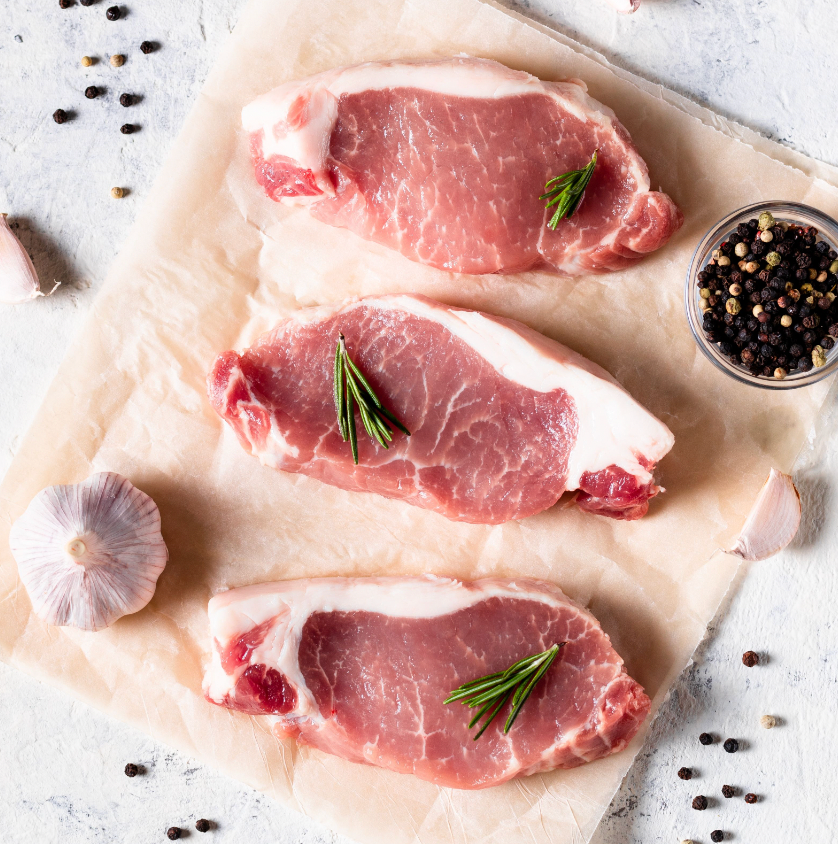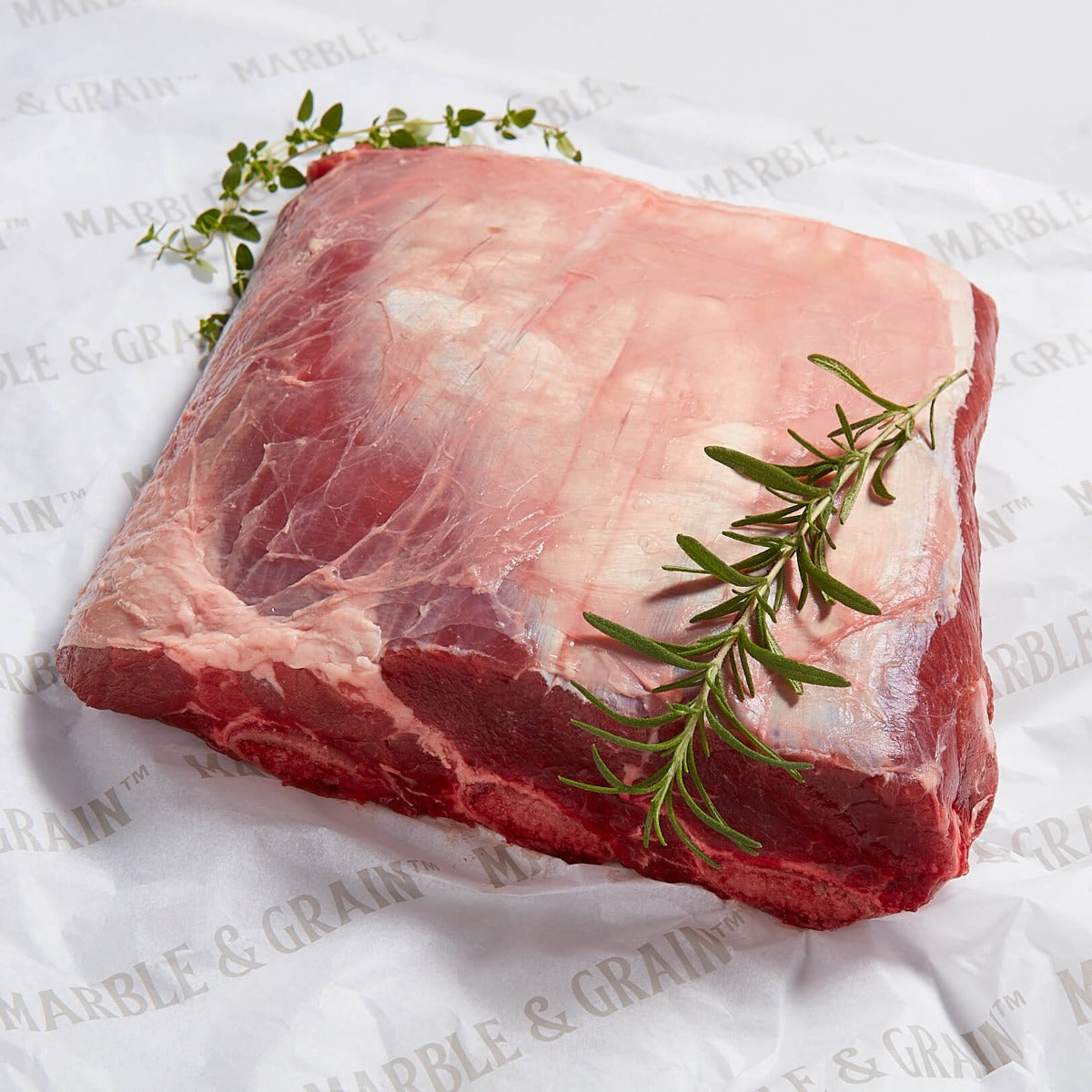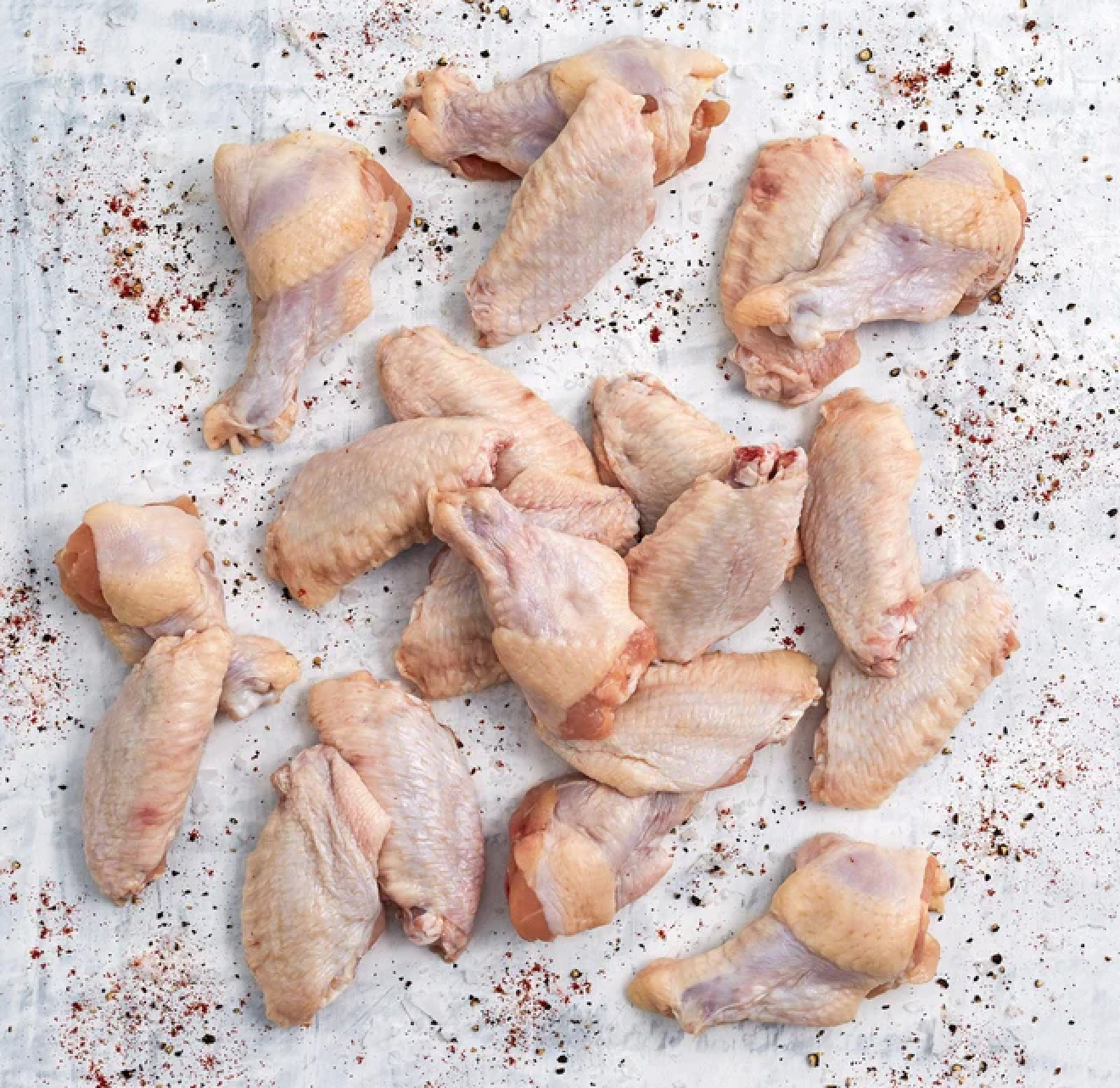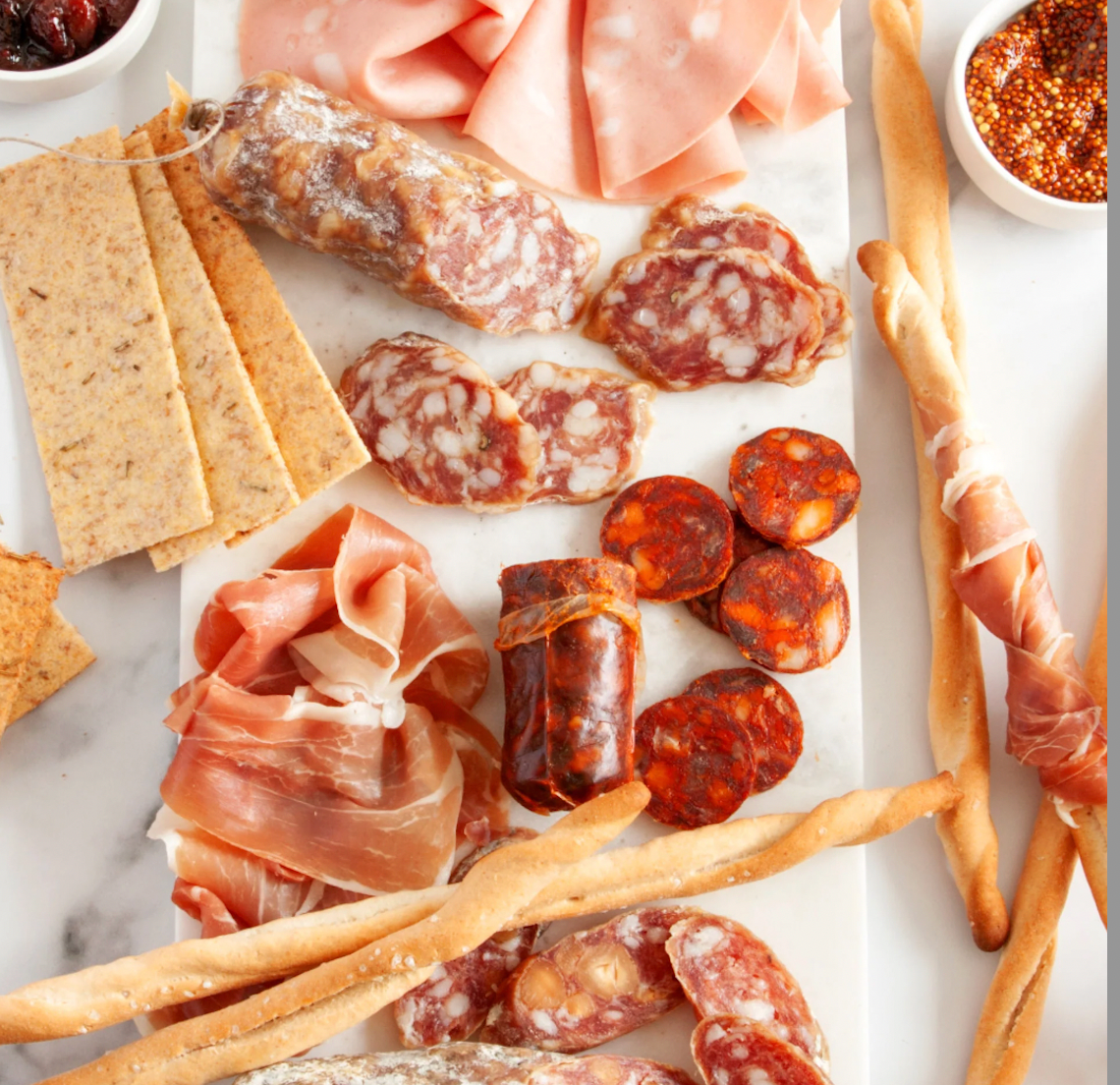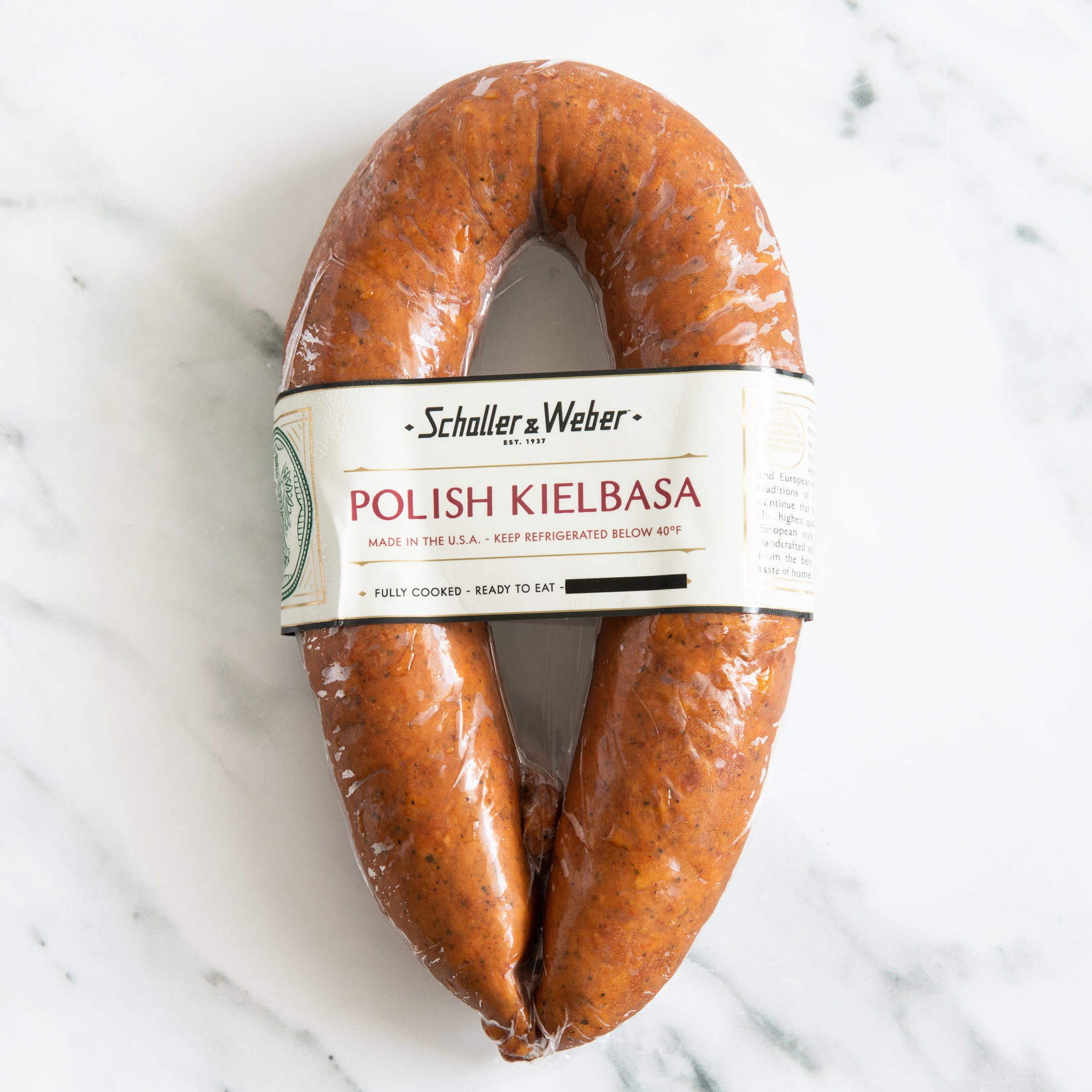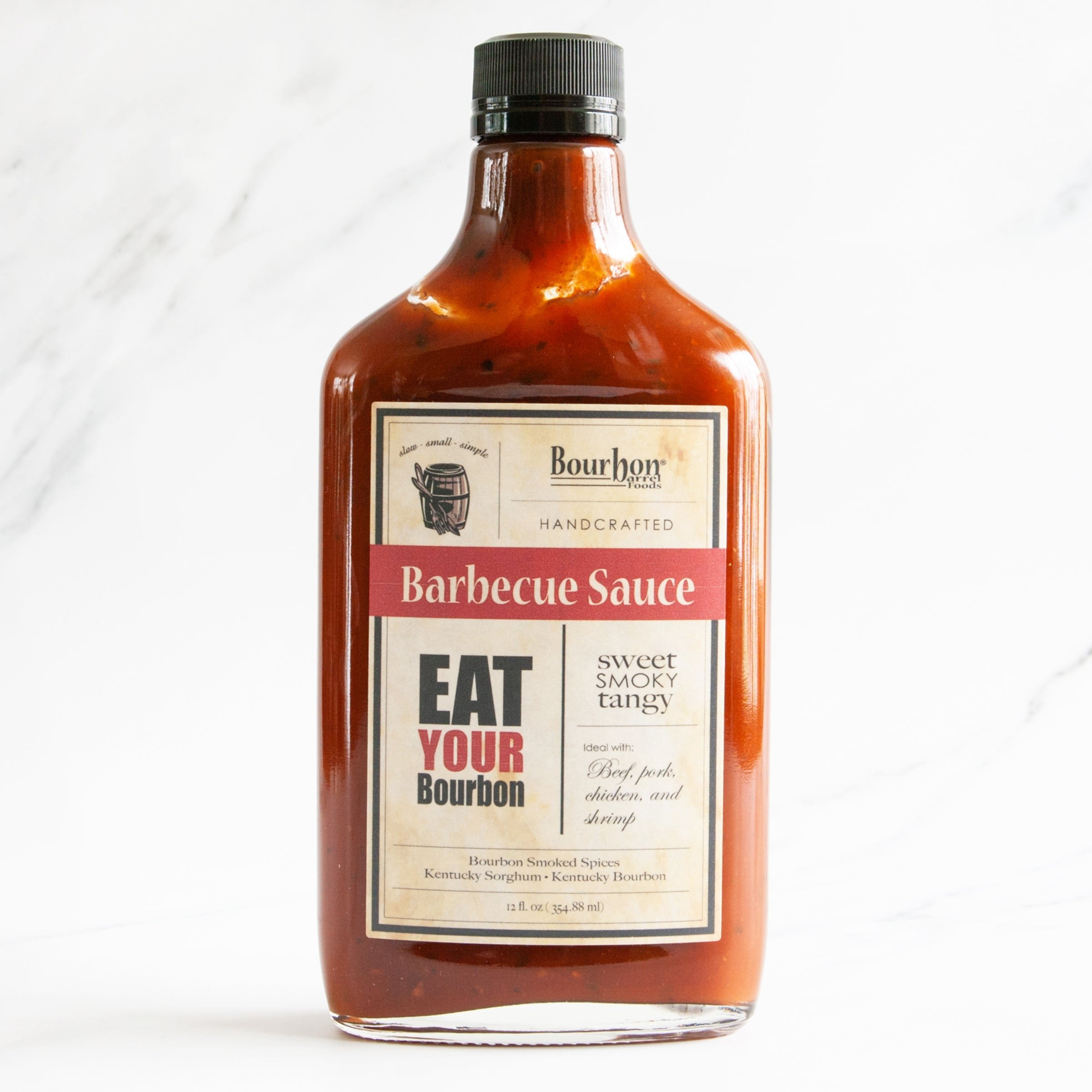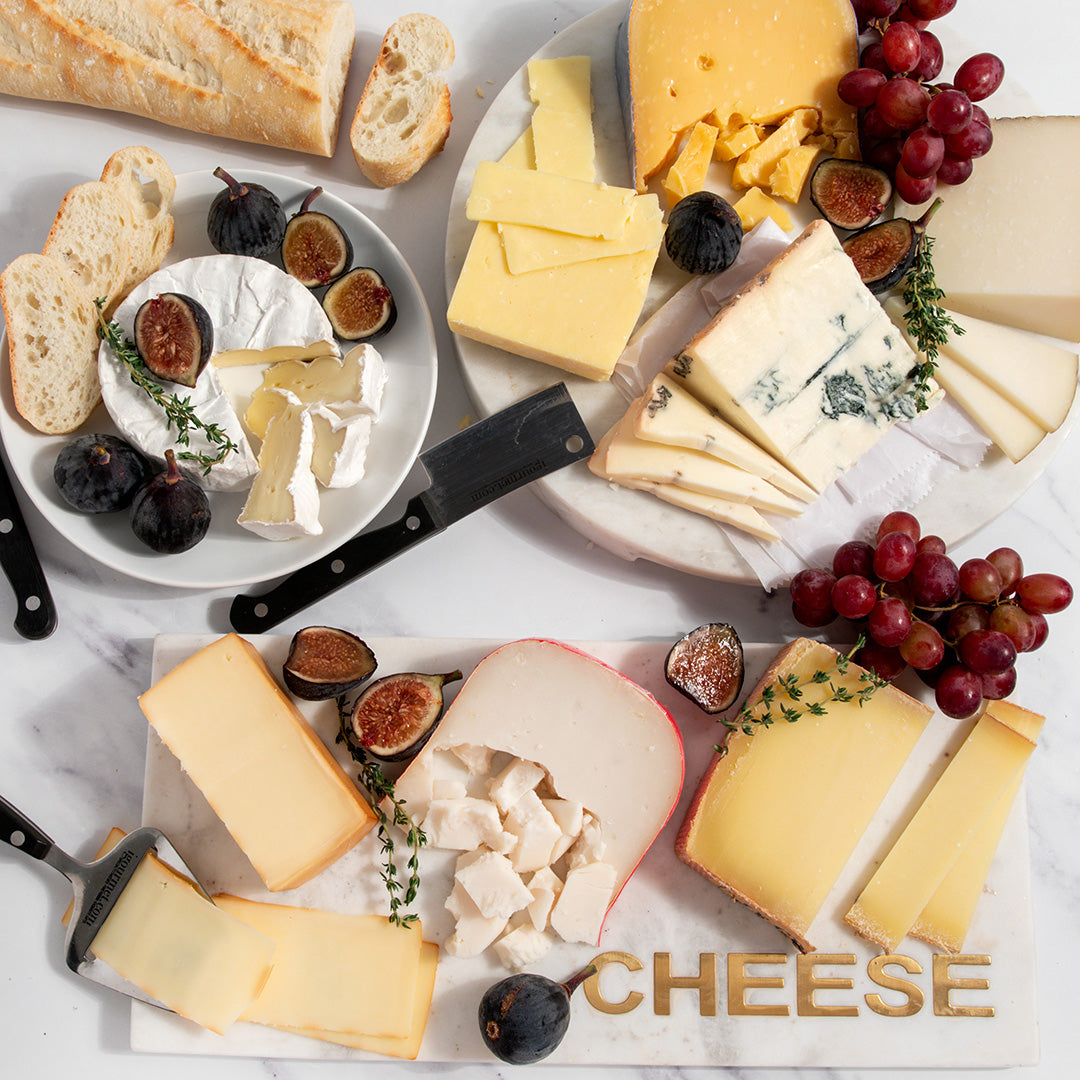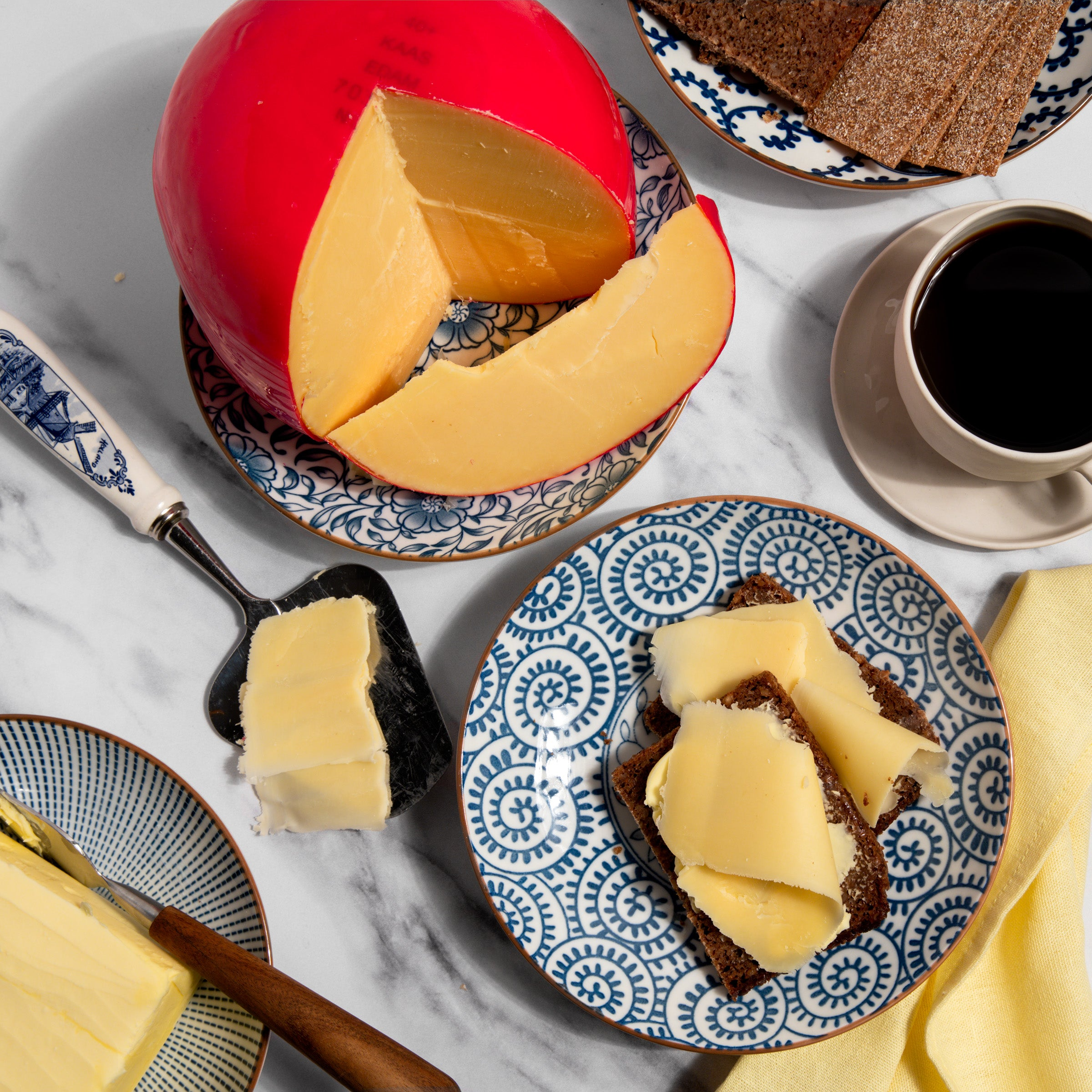Guide to Cheese Types
English Cheese
June 12, 2019 | By Dave Mattingly
England has a rich cheese making history. English cheese is known for its slow aged, intense flavors made from traditional recipes handed down through the generations. While cheese has been produced in England for thousands of years, today England produces hundreds of varieties of cheeses. West Country Farmhouse Cheddar and Blue Stilton, England's first and second most famous cheeses, have both been given PDO (Protected Designation of Origin) status which establishes traditional methods for its production. English PDO Cheeses must be made with local ingredients within certain geographical locations related to the specific cheese. PDO protection helps ensure that an English Cheese like Farmhouse Cheddar or Blue Stilton does not stray from original recipes and continues England's time tested cheesemaking traditions. England continues to create new and unique cheese blends such as Cotswold (Double Gloucester with Onions and Chives) and the best-selling English Cheddar with Caramelized Onions.
Types of English Cheese:
Cheddar: Cheddar cheese originated the 1100s, perhaps earlier, in the village of Cheddar in southwestern England near the geological feature called Cheddar Gorge. Cheddar Gorge is a series of caves that naturally maintain the ideal conditions (humidity, temperature, etc.) for cheese ripening. In the 1800s, Joseph Harding, known as the modern father of Cheddar Cheese, revolutionized the cheddar cheese making process with advanced technology. He is responsible for launching the Cheddar cheese making industries of Scotland, Canada, America and Australia. Today this most famous English Cheese is made throughout the world, but especially in past members of the British Empire. Cheddar is naturally white or pale yellow in color, the yellow coming from naturally occuring carotene in grass eaten by dairy cows. Darker yellow to orange varieties are produced using a natural food colorant called annatto. Almost synonymous today with the phrase English Cheese, Cheddar develops a stronger, sharper taste the longer it ages. West Country Farmhouse Cheddar has been given PDO (name protection) status from the EU, requiring that it be produced from the milk within Devon, Dorset, Cornwall or Somerset, England.
Cheshire: Cheshire is considered to be the original English Cheese. It is firm and crumbly in texture with a mild, slightly salty flavor. This white, or more typically yellow-orange cheese, again colored by annatto, is great crumbled over salads. It is also delicious with fruit or as a dessert cheese.
Lancashire: Lancashire is another ancient English Cheese whose history dates back to the 1200s. It is traditionally made in three varieties based on the cheese's maturity: Creamy, Tasty or Crumbly. Creamy Lancashire is matured between 4 and 12 weeks, while Tasty is matured from 12 weeks to 24 months. Crumbly Lancashire was first produced in the 1960s and is usually eaten at 6 to 8 weeks in age. Crumbly Lancashire is mild and fresh-tasting with a firm, dry and crumbly texture. We sometimes think of it as England's answer to Feta.
Blue Stilton: Known as the "The King Of English Cheeses," Blue Stilton is a blue-mold English Cheese with a rich and mellow flavor and a smooth and creamy consistency. Blue Stilton is recognized by its striking blue-green veins, naturally crinkly rind (inedible), complex flavor and crumbly texture. While Blue Stilton is milder than other famous blues of the world like Roquefort and Gorgonzola, it is excellent for crumbling over salads or as a dessert cheese, famously served with a Port Wine. This traditional English Cheese has been awarded PDO status, which maintains that it can only be made in the counties of Derbyshire, Nottinghamshire or Leicestershire from locally produced pasteurized milk.
White Stilton: White Stilton is produced in the same manner as Blue Stilton, without blue mold added to the milk. The result is a fresh, mild and crumbly cheese, a very different tasting English Cheese from Blue Stilton. White Stilton is matured for about 4 weeks and often has the addition of dried fruit, such as blueberries, lemon zest, mango, or apricot, which creates the perfect sweet flavor to balance the tang of the young White Stilton cheese.
Wensleydale: Wensleydale was first produced by monks at the Jervaulx Abbey in Wensleydale, England. Made from rich, farm-fresh cow's milk, this English Cheese, made internationally famous by Wallace and Gromit, is white, crumbly and tangy, and creamy on the finish. It pairs well with fruits so please serve it as a dessert cheese as well as for snacking. Wensleydale, which has a PDO pending to mandate its manufacture only in Yorkshire, England, is most often eaten young, at about four weeks old.
Layered Cheeses: Some of the most tantalizing English Cheeses are modern creations whose recipes have been perfected by skilled English Cheese makers. A layered cheese is kind of like a layered cake, but with varied cheese types making up the stratas. Examples are Huntsman - alternating layers of Double Gloucester and Blue Stilton, Saxonshires - five distinct layers alternating white and yellow-orange, and Royal Windsor - Blue Stilton sandwiched between layers of Port-wine Derby.
Flavored Cheeses: The English are most famous for setting aside tradition and churning out new takes on cheese with the addition of all sorts of flavors. Sage Derby is Derby cheese (a mild white cheese from Derbyshire) flavored with Sage, while Windsor Red is also Derby cheese flavored with Port wine. White Stilton with Fruit (detailed above), and Cotswold (Double Gloucester with Onions and Chives) are immensely popular, as are English Cheddar with Caramelized Onions and Wensleydale with Cranberries.
When searching for English cheese online, look no further than igourmet.com.






